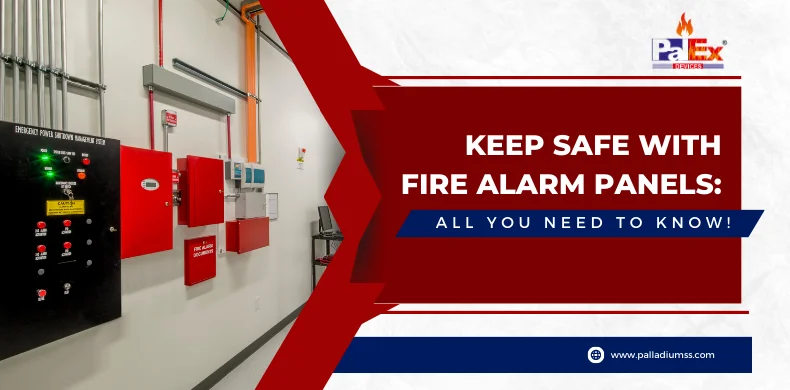Fire alarm panels are essential components of any fire safety system, and understanding what they are, the types available, and when they should be updated is key to maintaining a safe and secure property. This article will discuss a fire alarm panel, the types of fire alarm panels, how long they last, and the general problems associated with old fire alarm panels. Finally, we’ll look at the advantages of updating your fire alarm panel regarding
safety, longevity and cost.
Also read :Kitchen Hood Fire Suppression System Inspection
The sensors in an old system can become too sensitive or fail to detect a real fire. This can be caused by worn-out components or out-of-date programming.
What is a Fire Alarm Panel?
A fire alarm panel is the central control panel of a fire alarm system, responsible for detecting and messaging a fire alarm and connected to several manually operated and automatic fire sensors embedded in the property. The manufacturer’s manual shows the list of devices connected to the fire alarm panel. However, it can generally relate to various detection devices and other systems, such as building management or access control. They can also be connected to an existing fire hydrant system to allow for automatic shut-off of the hydrant should a fire be detected.The Types of Fire Alarm Panels
There are three main types of fire alarm panels available: conventional / non-addressable fire alarm panels, wireless fire alarm system panels, and analogue addressable fire alarm panels.- Conventional / Non-addressable Fire Alarm Panels
- Wireless Fire Alarm System Panels
- Analogue Addressable Fire Alarm Panels
Fire Alarm Panels Don’t Last Forever
While fire alarm panels are designed to operate for several years, they still need to become obsolete over time as technology advances and regulations change. Most fire alarm panels have a life expectancy of around 10-15 years, and older systems may become less reliable due to worn-out components. It is also essential to remember that manufacturers often make changes to the fire alarm systems in terms of features, battery type and operating conditions as new regulations are introduced.Problems with Old Panels
There are various problems related to launching a system that is not up to date. A few of these problems include:- End-of-Life Equipment
Safety Features Change
Industry standards and regulations surrounding fire safety are constantly changing, and older systems may need the safety features that a new system would. This means that a more senior panel may need to be able to provide the same level of protection as a more up-to-date system. <Fire Regulations May Increase
Regulations often change to reflect the realities of safety and thus influence the necessary fire safety upgrades. This could include installing additional detection devices or the need for broader coverage for more significant buildings.- Pricing May Increase
- Compatibility Advancements May Be Less Than Satisfactory
- BFirmware Upgrades May Be Needed
- Old System Might Not Be Adequate for Renovated Space
- System is Too Sensitive or Not Working When it Should
Also read :Kitchen Hood Fire Suppression System Inspection
The sensors in an old system can become too sensitive or fail to detect a real fire. This can be caused by worn-out components or out-of-date programming.



